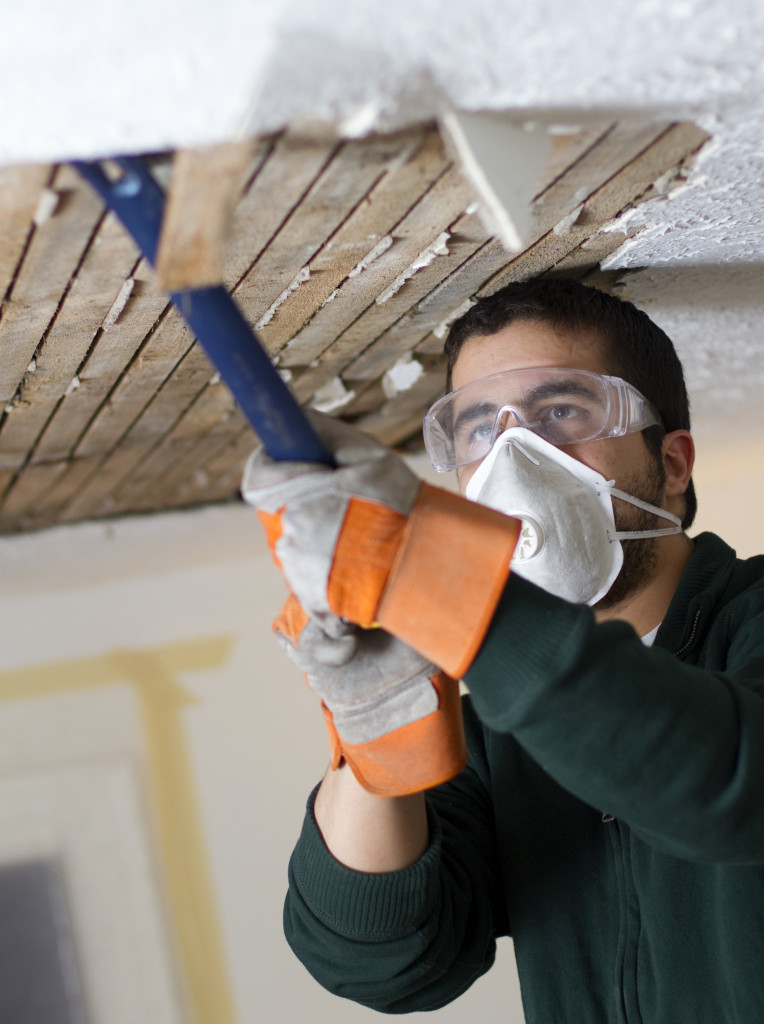Water damage can come in many forms and cause various complications in homes and buildings. Usually, these damages are caused by leaks, flooding, and heavy rainfall. Although they might not seem like a cause for concern as of the present moment, the effects of water damage can be subtle, and if left unattended, this can be costly in the long run. This is especially true for pipes, drainage systems, supporting structures, and roofing. The majority of the damages caused by these damages are permanent, which can greatly reduce the lifespan of most homes
But how do we protect our home from water damage? Before we discuss mitigating the effects of water damage, we need to consider the early signs of water damage.
One of the general rules of thumbs when looking for water damage is that if you ever start seeing puddles of water or dark marks on structures and furniture, there’s a leak. It’s important to note that leaks and water damage can be quite subtle, and once you’ve seen signs of leakage, chances are, the damage is already extensive. In addition to extensive damage, identifying the source of these damages can be tricky.
Here are some signs that you need to look out for:
- Leaks usually happen right after extreme weather conditions, such as flooding and heavy rainfall.
- The buildup of pressure in pipes
- Cracks and mechanical problems with washing machines and boilers
- Problems with your home’s foundation
- Missing shingles and exposed roofing
- Clogged downspouts and drainage systems
- Heating, ventilation, and air-conditioning issues
Water damage can manifest inside your home due to structure and maintenance issues. Here’s what you can do to prevent it.
Start Inspecting Your Roofing System

Firstly, consider one of the most important things when you want to ensure that your home is free from water damage by inspecting your home’s roofing system. Your roof is the first and last line of defense that your home has for various weather conditions. Whether it’s heavy rain, thunderstorms, high winds, or hailstorms, roofs have been specifically designed for many natural elements. However, water damage is considered one of the main culprits for structural damage to many homes.
That said, your roof should be your priority since this is the only part of your home that’s between your family and the harsh weather outside. However, the problem with this is that the roof can also be vulnerable to extreme fluctuations in temperature, which can cause cracks to form in certain types of shingles and roofing materials.
Water can easily seep through these cracks, which can lead to the deterioration of your home’s supporting structures. That said, get your roof inspected right before heavy rainfall and hurricanes. Right after harsh weather conditions, check for any forms of damages to your roof.
Take as much time as you need when checking your roof. If you’re unsure what type of damage you need to look out for, you can always check your roof using binoculars. Many roofing companies can conduct inspections to ensure that your roof is free from cracks, missing shingles, and valleyed roofing. Remember: safety should be your priority in this situation.
Clearing Your Waterways and Pipes
One of the most important ways to keep your home in pristine condition during harsh weather conditions is effectively maintaining your pipes. The general rule of thumb is that you should inspect your pipes annually to keep them optimal. Pipes should be inspected even more frequently for homes situated in colder weather conditions since lower temperatures can make pipes more susceptible to damages, decay, and even rusting.
Most experts would suggest investing in your flooding and storm drainage pipes since this can help mitigate the damage to your home’s foundations. Flooding is known for being one of the primary causes of structural damage in many parts of the United States under the path of hurricanes. Fortunately, you won’t have to look far since stormwater pollution prevention and management services can help keep your pipes clean and ready for natural disasters.
Clear Your Gutters and Downspouts
Lastly, one important way of minimizing the effects of water damage is by keeping your gutters clear. Gutters are beneficial when it comes to redirecting water off your roof. In most cases, gutters are connected to downspouts that can help put a buffer zone in between your home’s foundations and where the water is disposed of. This can help prevent the onset of flooding.
However, there will be times that your home’s gutter system will be clogged from web leaves, branches, and other types of debris. This can cause water to overflow and inadvertently lead to problems in different parts of the roof.
Water damage can come in many forms. Although this might seem like a non-issue for many individuals that are not well-versed with home repair, water damage can be a serious and real threat to your home. Fortunately, there are many ways to address this issue.




